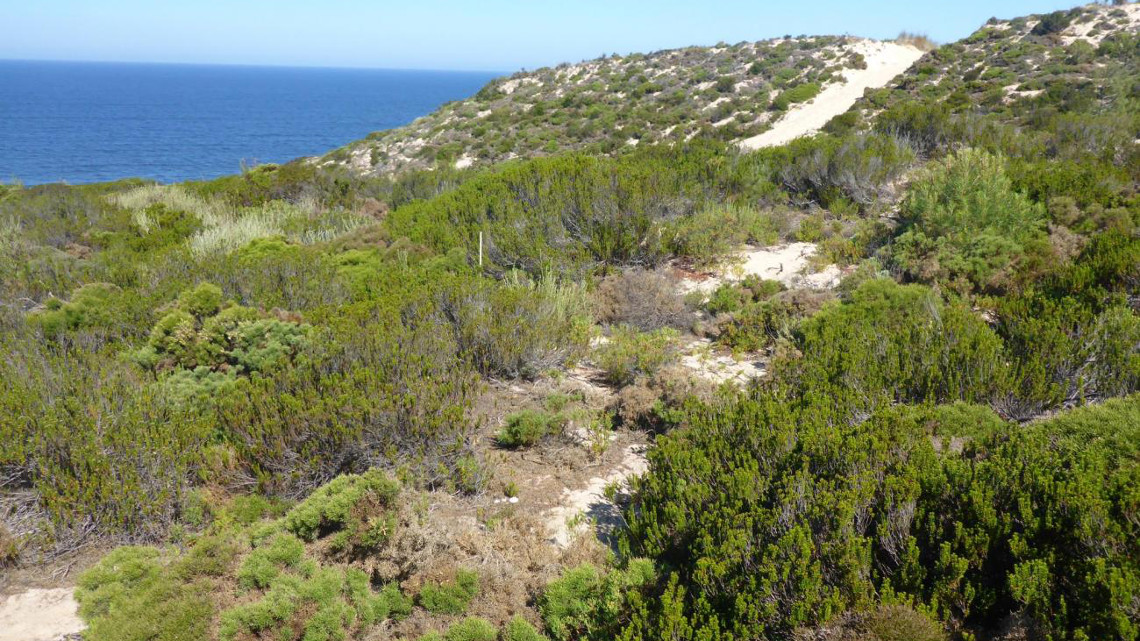Detecting plant invasions via infrared sensors
German researchers are developing a warning system for ecosystem changes. Infrared sensors show how imported plants change the landscape of dunes in Portugal.

Globalization has many advantages for humans and technology. But for flora and fauna the mixing of native with foreign organisms can be dangerous. Because non-indigenous animal and plant species often have no natural enemies. Therefore, they spread unhindered and decimate the resources for native species.
Acacia displaces native plants
A prime example of an imported plant endangering the native ecosystem is Acacia longifolia in Portugal. In the 20th century, the Australian-originated long-leaved acacia was introduced for the attachment of sand dunes. But without natural enemies or equal competition, the yellow-flowering shrub spreads massively and influences the water and nutrient balance to the detriment of indigenous plants. "The long-leaved acacia fundamentally changes very sensitive and species-rich dune ecosystems in southwestern Portugal," explains landscape ecologist and first author André Große-Stoltenberg from the University of Münster. The acacia thus threatens the native plant variety in several ways: It enriches the nutrient-poor dune ecosystem with nitrogen, removes much water from the soil and condenses the vegetation.
Acacia stock mapped in Portugal
Now, for the first time, scientists from the Universities of Münster, Hamburg, Freiburg and Bielefeld have mapped the entire acacia population in an eleven-square-kilometer dune ecosystem on Portugal's west coast and its effects on nutrient content with high-resolution aircraft sensor data. Their results are published in the journal "Remote Sensing of Environment". The study was funded by the Deutsche Forschungsgemeinschaft, the European Facility for Airborne Research and the German Academic Exchange Service. For their investigations, the researchers combined GPS-based terrain mapping with remote sensing data, using both "normal" aerial images as well as laser scanning and hyperspectral data. The hyperspectral sensors, which also detect infrared waves, made it possible to visualise all of the plant biomass. "The acacia leaves a clear signal of productivity in the ecosystem. It only becomes visible through the use of infrared sensors," explains Große-Stoltenberg.
Warning system for ecosystem changes
The total plant biomass indicates the degree of acacia invasion: the more acacia trees grow in the dunes and the older the shrubs become, the greater the biomass. "With the help of infrared sensor data in particular, we were able to explicitly show that acacia transforms the dune ecosystem step by step into a forest-like ecosystem in relation to primary production," says Große-Stoltenberg. With this method, acacia-induced ecosystem changes can be detected at a very early stage of the invasion, covering less than ten percent of the area. According to the researchers, this method allows for early detection and thus appropriate countermeasures in the future in case of acacia or similar plant invasion. The analysis of the data was carried out with an algorithm that "learns" to recognize acacia in the aerial images with the help of the reference data from the GPS-supported terrain mapping.
jmr


